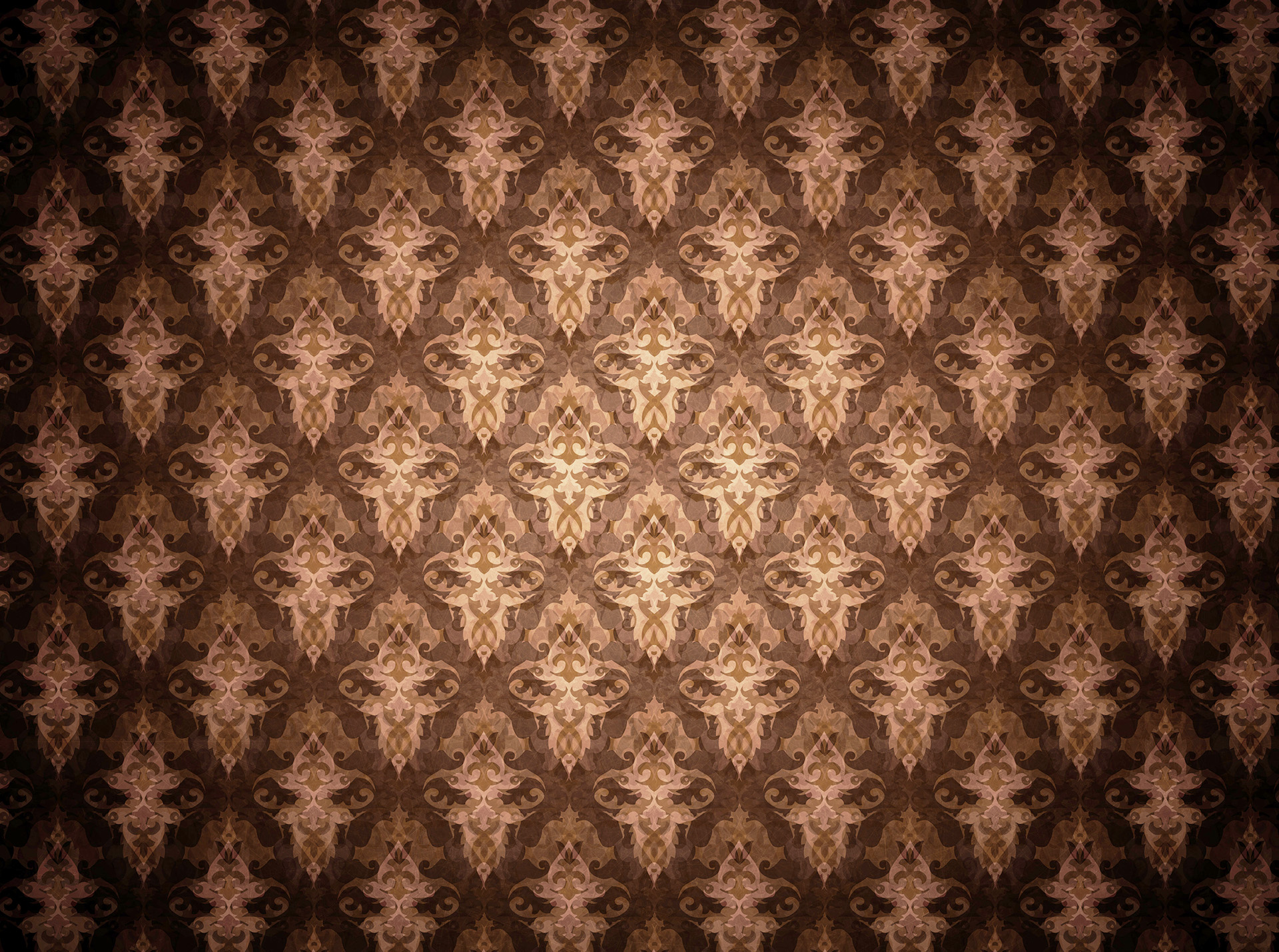Inky Doodles
After two years of flaccidly trying to get a poetry group together (and now that I’m daily trying to figure out what to spend my hour-long writing sessions on), I’ve decided to work through Stephen Fry’s The Ode Less Travelled by myself. But, the exercises don’t start for a while, and I’m bloody-mindedly reading it from the beginning (for the fourth time), so I got twitchy. I did a couple of mad doodles, starting with this.
Stand, deliver up thy blows,
Weak in heart and long in nose,
Cyrano, before the sun:
Silhouetted, underdone.
I have no idea what it means. If I’m very lucky, some scholar will devote her dissertation to excavating my genius while I’m still alive, and my curiosity will eventually be satisfied. For now, I’ll assume it’s nonsense.
I like the metre, though. It’s called (or was taught to me as) “chant metre,” but can be thought of as trochaic tetrameter with its terminating toes lopped off. A trochee (“troh-key”) is a metrical foot comprised of a stressed syllable followed by an unstressed syllable: “Tum-tee.” Tetrametre means “four measures,” so trochaic tetrameter goes
Tum-tee Tum-tee Tum-tee Tum-tee
Aren’t you happy now you’re reading?
“No,” you say, “my eyes are bleeding!”
To make this into chant metre, you drop the last -tee of the last Tum-tee.
Tum-tee Tum-tee Tum-tee Tum
(Tribal rhythms, beating drums)
or,
Double, double toil and trouble;
Fire burn, and cauldron bubble.
Danny from 2017: Wrong! This is normal trochaic tetrameter! Bad!
and
Something wicked this way comes.
This is a great metre to doodle in when you’re (I’m) impatient because every finished line seems to be self-contained, satisfying, and shouting.
(Even if you use enjambment
In your verse, it stays quite plangent.)
So, after my inscrutable triumph over French drama, I turned my incisive word-munching apparatus to the ink I was using in my pen at the time.
Diamine Majestic Blue:
Deeper, far, than should be true,
Thus, betrayed by pigments shed
Shines an opalescent red.
(In retrospect the ink uses dyes, not pigments, but it’s true that it’s so saturated it’ll leave a shiny red film wherever you write.) This got me thinking that I’ve finally found a way to repay the ink review community on Fountain Pen Network for all the productive hours from which they’ve shielded me over the years. My next ink was also a Diamine: my current favourite and “signature colour.” (OooOOooh.)
Malty, velvet, Chocolate Brown
Rides my tines to rich renown
(Quickly I discharge on sheaf
What I’d liefer guzzle down).
Later, I noticed how cool it is that “chocolate” accommodates the metre it’s plunked into, especially if the preceding words hint at how many syllables I expect the reader to spend on it.
Malty, velvet, Choc’late Brown
To test this, I tried to translate the doodle into a metre with feet that have three syllables. I guess this is a sort of “chant metre” with dactyls, but I don’t know if there’s a name for it.2 Or, if there’s a name for words that display this sort of flexibility in terms of syllable-count.
Tum-tee-tee Tum-tee-tee Tum-tee-tee Tum
Sensual, succulent, Chocolate Brown
Rideth my tines unto wealth and renown
(Fly my converter! Swift paper, now wick
Ink I might soon sooner lick than lay down).
Anyway, if you like Stephen Fry, check out The Ode Less Travelled. It should make you enjoy poetry, which is an incredible accomplishment on Fry’s part (and a worthy goal for your neurons, if I say so myself).

Nifty commentary on metre. I try to keep true to the syllable count in haiku while at the same time making the words flow – much more fun in limericks. I had to struggle with rhythm and count for ‘squirrel’, and ended up writing a haiku on how that word flows.
PS – I didn’t get around to mentioning that I did some poetry editing for an author friend. That is tough work.
Thanks, Mark! I recently found out that limericks are often based on amphibrachs (three-syllable feet in a te-TUM-te pattern), and I agree, obeying the confines of the metre, while selecting the best words, while ensuring clarity, is what makes the enterprise fun for me.
(I think “squirrel” wants to be two syllables unless you’re being an anthropomorphic dog that can speak English.)
Did your friend work under metrical constraints as well, or free verse?